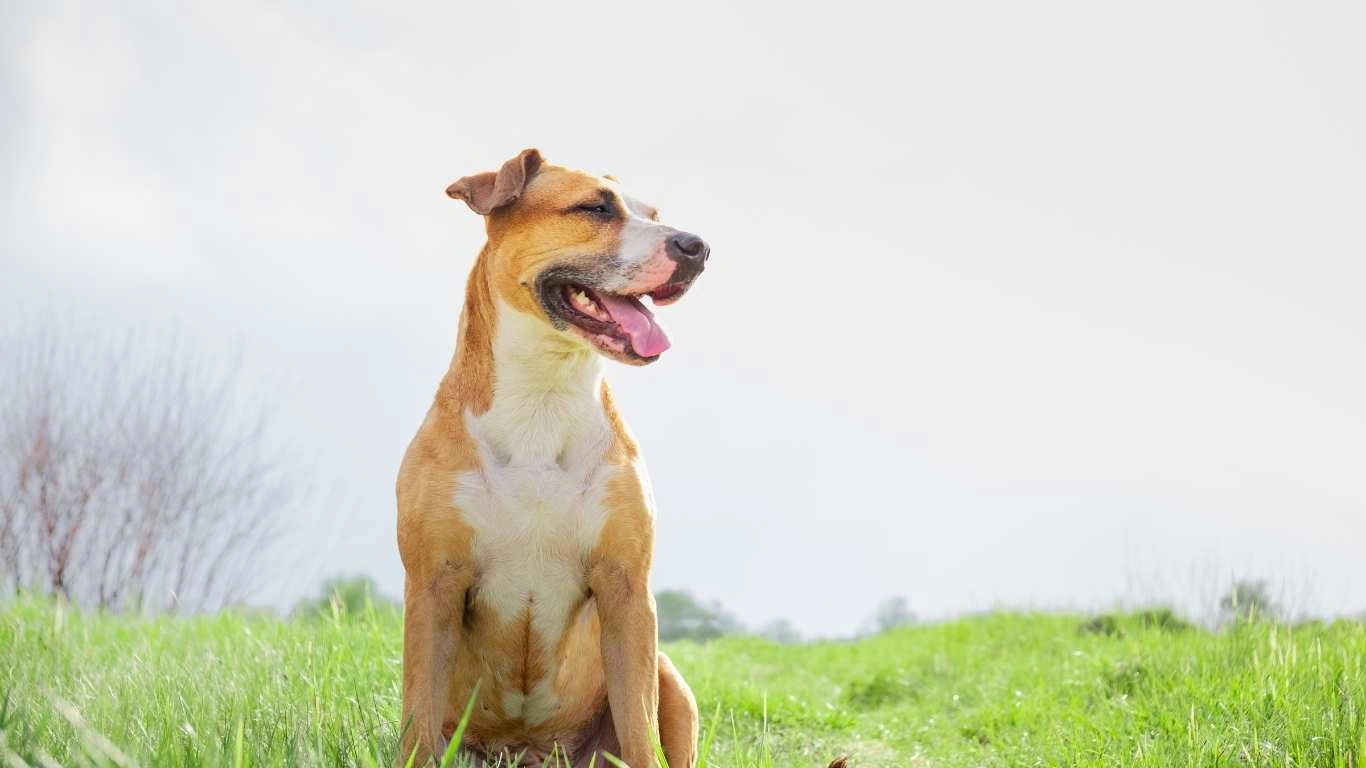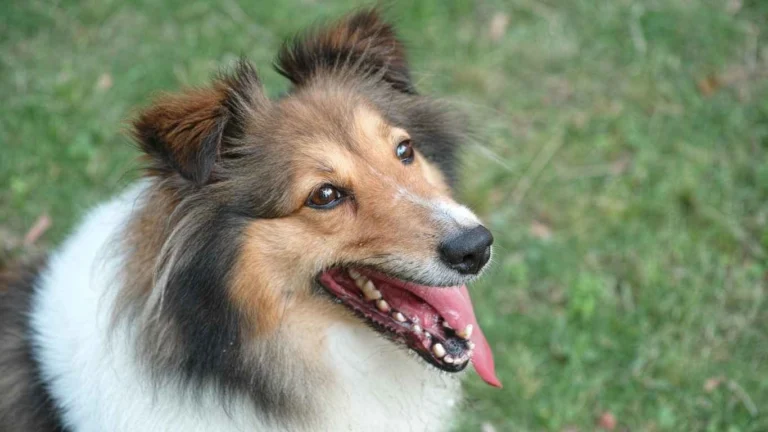Best Balanced Raw Diets for Small Dogs That Boost Health & Energy
When it comes to feeding our pint-sized pups, the topic of raw diets can stir up a lot of questions. As someone who’s spent years working hands-on with animals as an Animal Care Specialist—especially in clinics and shelters—I’ve seen firsthand how much diet can impact a dog’s overall well-being. That’s why today, we’re diving into something I get asked about all the time: the best balanced raw diets for small dogs. Whether you’ve got a feisty Chihuahua or a cuddly Pomeranian, it’s important to understand what “balanced” actually means in the raw food world. There’s a lot of buzz around raw feeding, but the key is doing it right. So let’s unpack it together, real-talk style.
Why Raw Feeding Is Different for Small Dogs
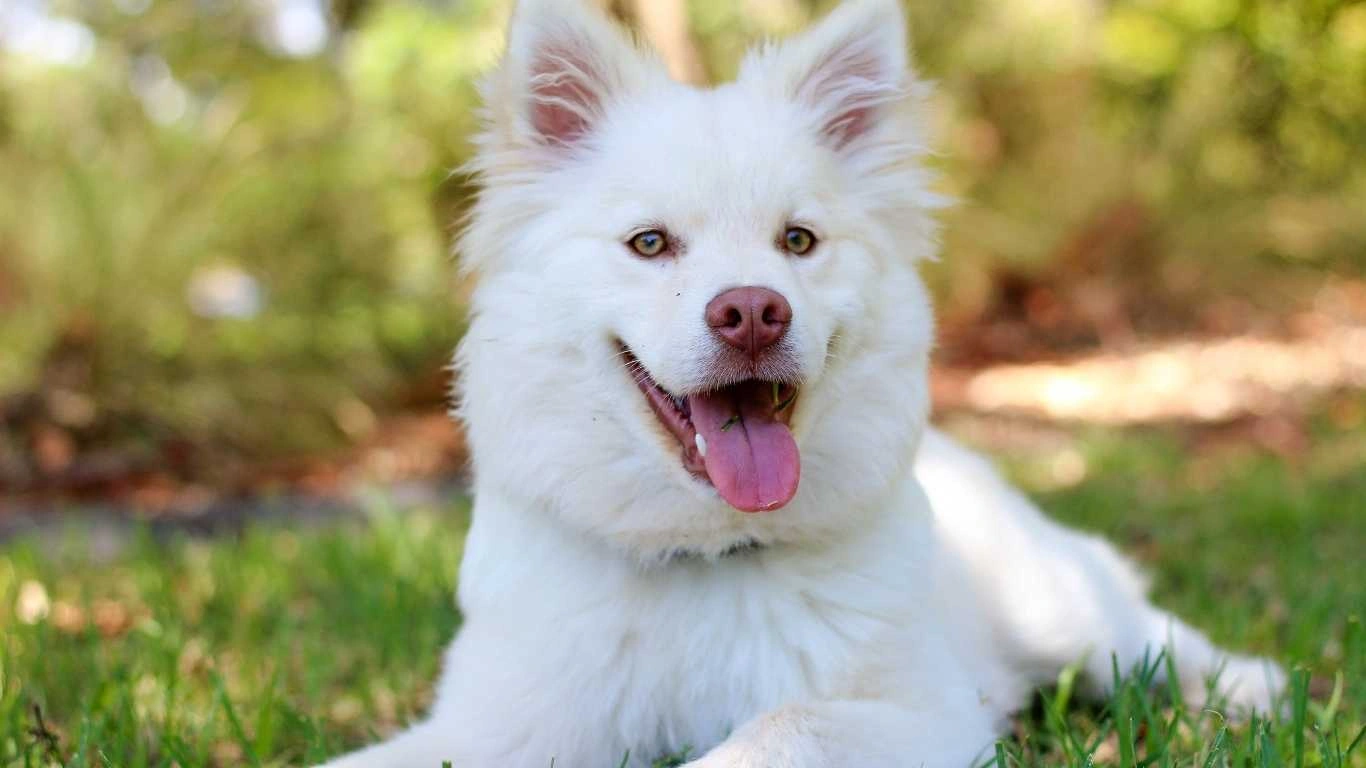
Small dogs may be tiny, but their nutritional needs are anything but small. Trust me, working in a shelter where we handled everything from teacup Yorkies to mixed toy breeds taught me this the hard way. These little guys have faster metabolisms, often higher energy levels, and more sensitive digestion compared to their larger counterparts. So feeding them a raw diet means being extra mindful about what goes into their bowl.
Raw feeding, when done properly, mimics what dogs would eat in the wild—think raw meat, bones, organs, and the occasional veggie or fruit. But here’s the deal: it’s not just tossing your dog a chicken leg and calling it a day. Balance is everything, especially with small breeds that don’t have a lot of wiggle room for nutritional mistakes. Too much calcium? You could end up with kidney issues. Too little fat? Say hello to dull coats and dry skin.
Understanding the Core Components of a Balanced Raw Diet
A solid raw diet for small dogs should include the following components in approximately these ratios:
- Muscle meat (70-80%) – This is the bulk of the diet and includes meats like chicken, turkey, beef, or lamb.
- Edible bones (10-15%) – Raw meaty bones are crucial for calcium and dental health (think chicken necks or wings).
- Organs (10%) – Liver is a must, but don’t skip other organs like kidneys or spleen.
- Veggies and fruits (5-10%) – While not “essential,” they add valuable nutrients and fiber.
Now, small dogs sometimes struggle with whole bones or tougher cuts of meat. One tip I always give new raw feeders is to start with ground blends or minced options that include bone and organ content. It’s easier on their tiny mouths and digestive systems.
Common Mistakes I’ve Seen (And How to Avoid Them)
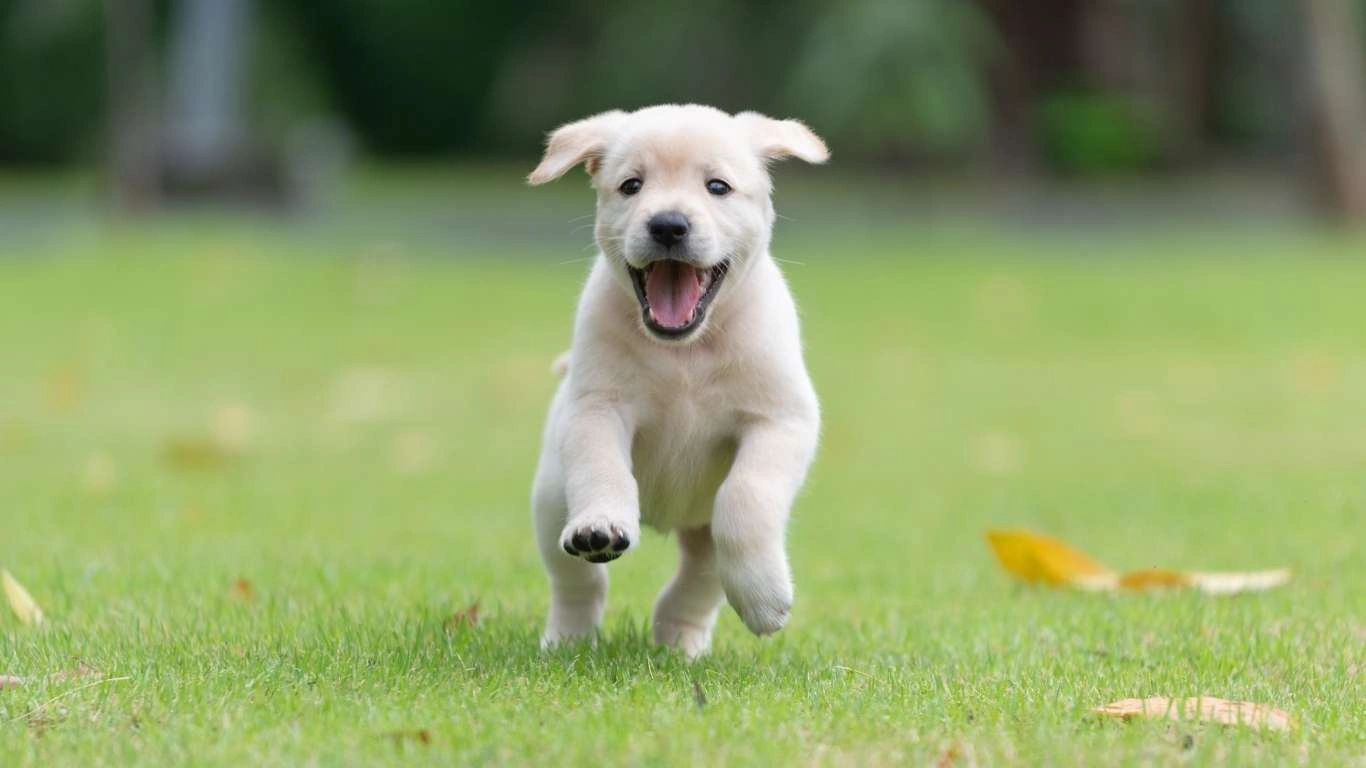
Look, I’ve seen the good, the bad, and the very confused when it comes to raw diets. Here are a few rookie mistakes I’ve seen folks make—plus how you can sidestep them:
- Skipping supplements: Raw feeding doesn’t mean zero supplements. Small dogs often benefit from things like fish oil (for Omega-3s), vitamin E, and a bit of kelp or seaweed for iodine.
- Overfeeding bones: I’ve treated plenty of constipated pups thanks to too many bones. Balance them out with organ meats and fiber-rich veggies.
- Assuming all raw is good raw: Feeding scraps or poorly sourced meat is a big no-no. Quality matters. Choose human-grade or pet-safe raw products.
- Not rotating proteins: Dogs thrive on variety. Rotate between at least 3-4 different protein sources over time to cover all amino acids and nutrients.
One little Yorkie I cared for at the clinic was constantly itchy and underweight, despite her owner feeding a homemade raw diet. Turns out, she was only getting chicken—every day, every meal. We switched her to a more balanced mix, and within weeks, she was a totally different dog: shinier coat, healthier stool, and way more pep in her step.
How to Source Safe, Quality Raw Ingredients
One of the most common questions I get is: “Where do I even get this stuff?” I totally get it. When I started dabbling in raw diets with my own rescue pup, I was nervous about meat quality and bacteria. Here’s what I’ve learned over the years:
- Look for local raw food suppliers: Many boutique pet stores now stock pre-made balanced raw blends, which take the guesswork out.
- Talk to your butcher: They can often provide organ meats and bones you can’t find in regular grocery stores.
- Consider reputable online retailers: Brands like Darwin’s, Primal, or Stella & Chewy’s offer small-breed-friendly options with complete nutrition profiles.
- Store and handle raw like you would your own food: Always thaw in the fridge, use clean bowls, and wash your hands after prepping meals.
One time, I accidentally left a portion of raw lamb on the counter a bit too long—lesson learned! Always treat your dog’s raw food like sushi-grade meat. If you wouldn’t eat it, don’t feed it.
Signs Your Small Dog is Thriving on a Raw Diet
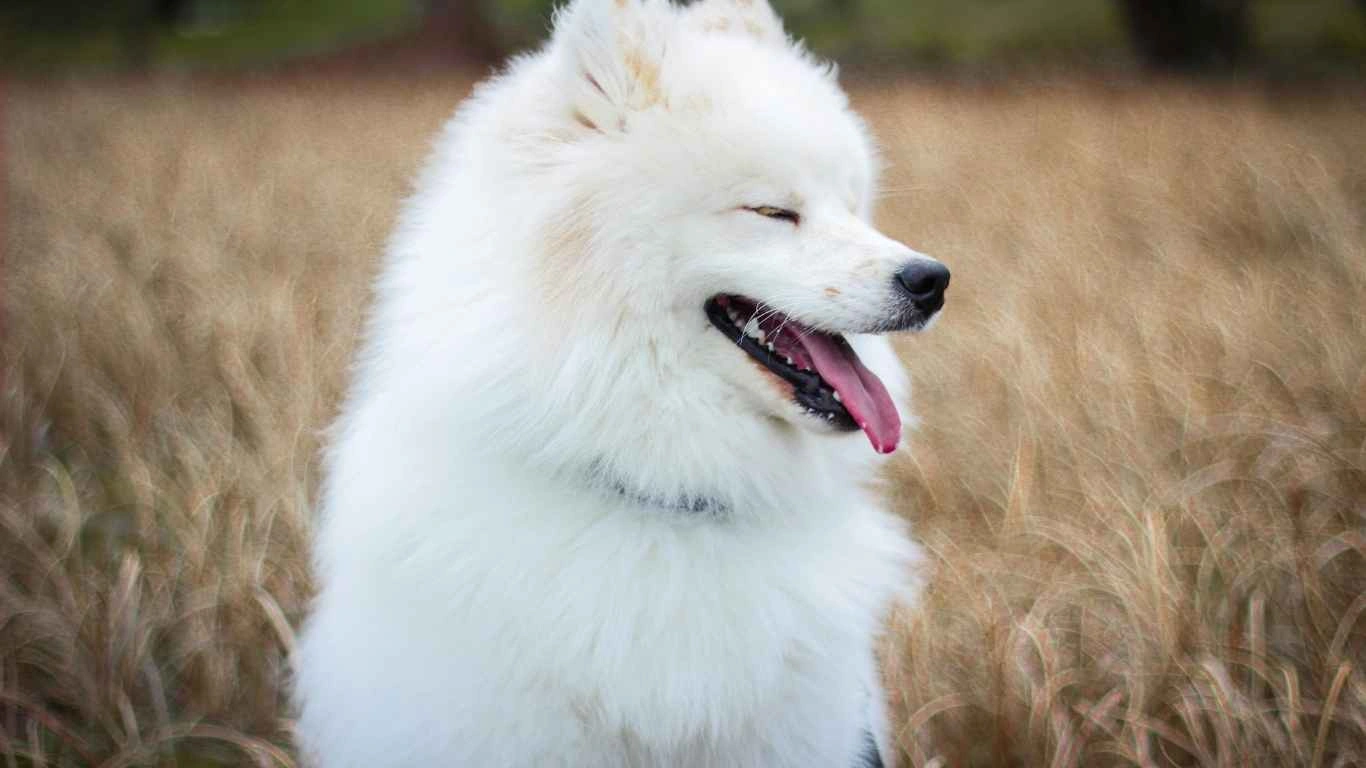
So how do you know your little buddy is actually doing well on their new diet? Here are some signs I look for—both in my own dogs and the hundreds I’ve worked with:
- Glossy coat and healthy skin
- Firm, less smelly stools
- Consistent energy and playfulness
- Clear eyes and no more tear stains
- Stable weight and healthy muscle tone
Of course, every dog is different. What works great for your neighbor’s Shih Tzu might not suit your own little gremlin. Start slow, observe carefully, and don’t be afraid to tweak things. After all, you know your dog best—and they’re counting on you to keep their bowl balanced and full of love.
Transitioning Your Small Dog to a Raw Diet the Right Way

Alright, so you’re sold on the idea—but how exactly do you get started without throwing your dog’s digestive system into chaos? That’s one of the biggest hurdles I’ve helped pet parents navigate in the clinic. I always recommend a gradual transition when switching to the best balanced raw diets for small dogs. Jumping in too fast can lead to upset stomachs, diarrhea, or your pup turning their nose up completely.
Here’s a method I’ve personally used and recommended over the years that works like a charm:
- Start by mixing 25% raw with 75% of your dog’s current food for the first 3-4 days. This gives their gut a chance to adjust.
- Slowly shift to a 50/50 ratio over the next few days.
- Then move to 75% raw, 25% old food.
- Finally, transition to 100% raw by the end of week two.
Of course, go slower if your dog has a sensitive tummy—some of the smaller breeds I’ve worked with (like Maltese or mini Dachshunds) need a bit more TLC during the switch. Adding probiotics or raw goat’s milk can really help smooth out the process.
Watch for These Common Detox Symptoms
It’s not uncommon for small dogs to show a few odd changes during the transition—especially if they’ve been eating kibble their whole life. I remember one case with a spunky little Papillon who started having slightly runny stools and some eye gunk around day 5. Totally normal! Her body was just adjusting and detoxing from preservatives and carbs she wasn’t used to shedding before.
Here are a few things to keep an eye on:
- Soft stools or slight diarrhea (should clear up quickly)
- Increased shedding or dull coat at first
- Mild lethargy in the first few days (their body is working harder to digest new food types)
- Tear stains or minor skin flare-ups
Don’t panic—this is just their system flushing out the junk. If anything seems extreme or lasts longer than a week or two, that’s when it’s time to check in with your holistic vet or pet nutritionist. I always tell pet parents: your gut instinct matters just as much as your dog’s!
Best Balanced Raw Diet Brands for Small Dogs
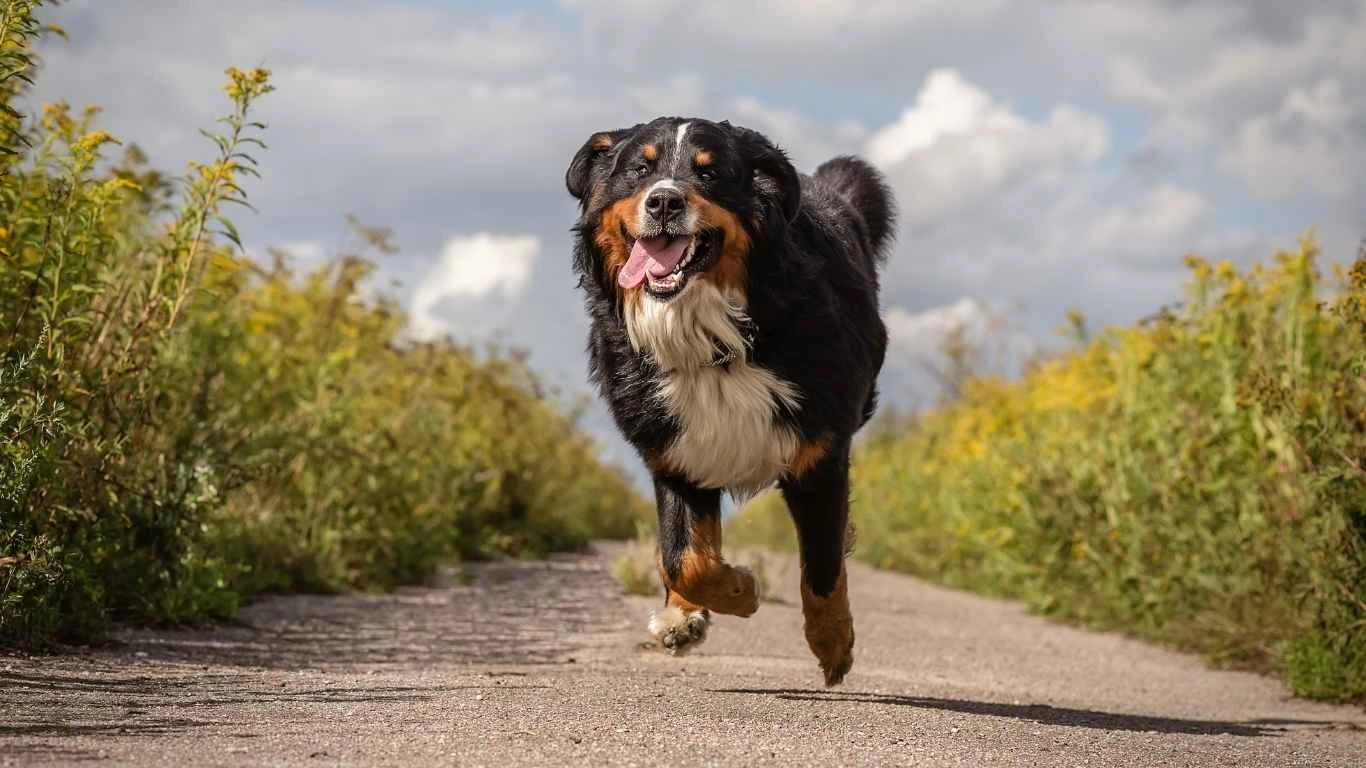
If making raw meals from scratch feels intimidating—hey, I get it—it’s totally okay to start with commercial raw brands. There are some seriously awesome companies out there that are formulating raw meals specifically with small breed dogs in mind. And let’s be real: not everyone has the time to measure out liver vs. lung vs. kale proportions daily. Life’s busy!
Here are a few raw diet brands that I’ve either used personally or recommended to clients who wanted convenience with peace of mind:
- Primal Pet Foods: They offer small-bite freeze-dried and frozen formulas that are super easy to portion for tiny mouths.
- Stella & Chewy’s: Their “Lil’ Bites” range is great for picky eaters and very beginner-friendly.
- Smallbatch: Ethically sourced ingredients, great protein variety, and ideal for rotation.
- Darwin’s Natural Pet Products: Subscription-based and formulated by veterinary nutritionists—huge plus.
Bonus tip: If you’re feeding frozen raw, you can portion it out in silicone molds to make prepping meals a breeze. That trick saved me so much time when I was feeding three dogs on rotating proteins.
How to Read a Raw Food Label (Yes, It Matters!)
Reading labels might not sound exciting, but it’s one of those things that separates a good raw feeder from a great one. One thing I learned the hard way? Just because a package says “raw” doesn’t mean it’s balanced. I’ve seen brands that skip organ meat entirely or use cheap cuts of meat with minimal nutrition.
Look for these indicators when choosing a product:
- Clearly listed ingredients (you should recognize them all—no weird fillers or chemicals)
- Bone and organ percentages noted on the label
- AAFCO compliance for “complete and balanced” meals (especially important for puppies)
- Multiple protein options for rotation
One of my favorite hacks? Ask the company for a nutrient breakdown sheet. Reputable brands are always transparent about what’s inside their food. If they’re cagey or vague—red flag.
Daily Feeding Tips & Tricks for Raw-Fed Small Dogs
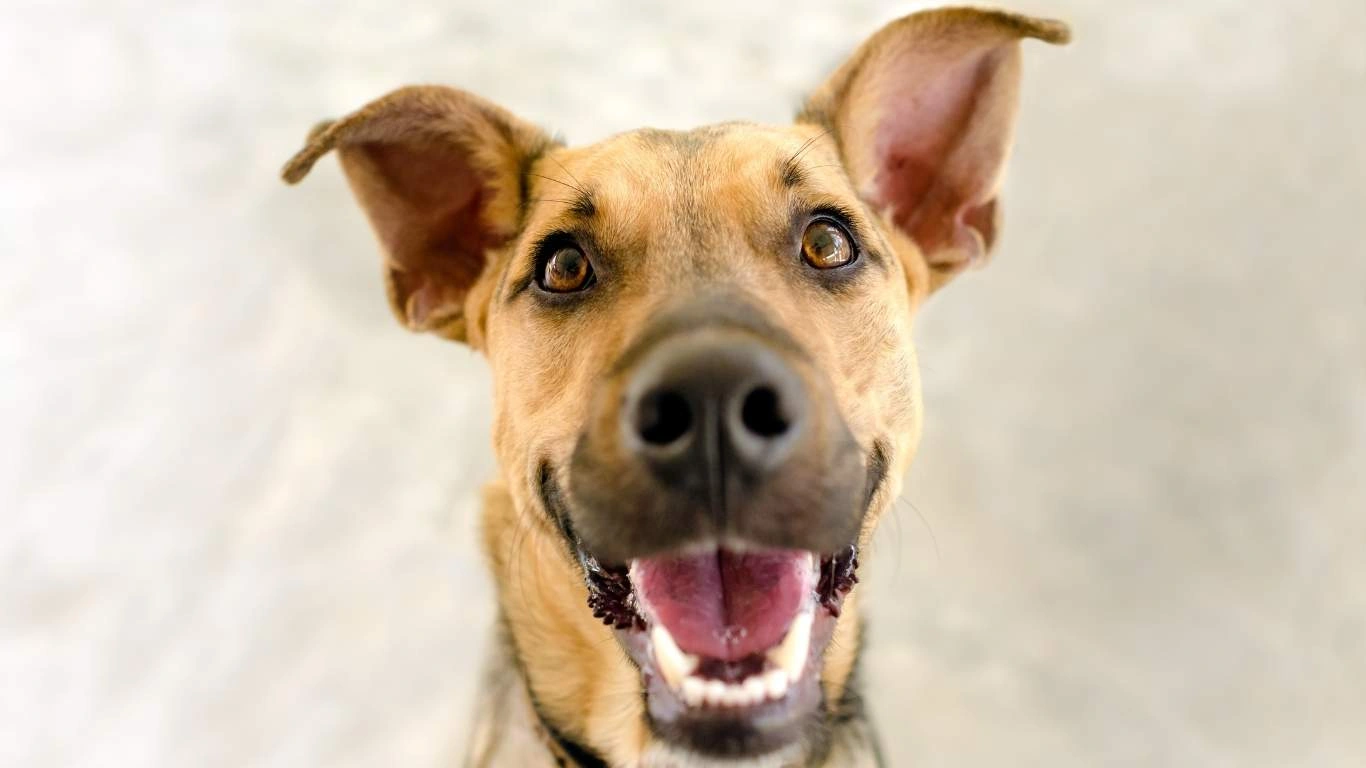
Once your pup’s fully transitioned and loving their new raw meals, here’s where the fun begins. Daily feeding becomes second nature, but there are a few things that can make your life easier—and your dog’s diet even more awesome:
- Use a kitchen scale: Small dogs don’t eat much, so precision matters. A few extra ounces can lead to weight gain fast.
- Serve meals at room temperature: Let frozen meals thaw in the fridge, then take them out 15 mins before feeding.
- Don’t forget the variety: Rotate proteins weekly or bi-weekly. Add in new organs or even raw quail eggs for enrichment.
- Feed on a non-slip mat or tray: Small dogs love to drag food. Trust me, I’ve cleaned raw meat off far too many carpets.
I also like to toss in enrichment now and then. Feeding from puzzle toys or lick mats can slow things down and keep your dog mentally engaged—great for breeds prone to boredom or separation anxiety (hello, terriers!).
And yes, your dog might make a mess at first. I had a spunky little Brussels Griffon who insisted on carrying his raw turkey neck into the living room every time. Eventually, I trained him to stay in the kitchen using a simple “place” command—worked like a charm.
Monitoring Your Dog’s Health on a Raw Diet
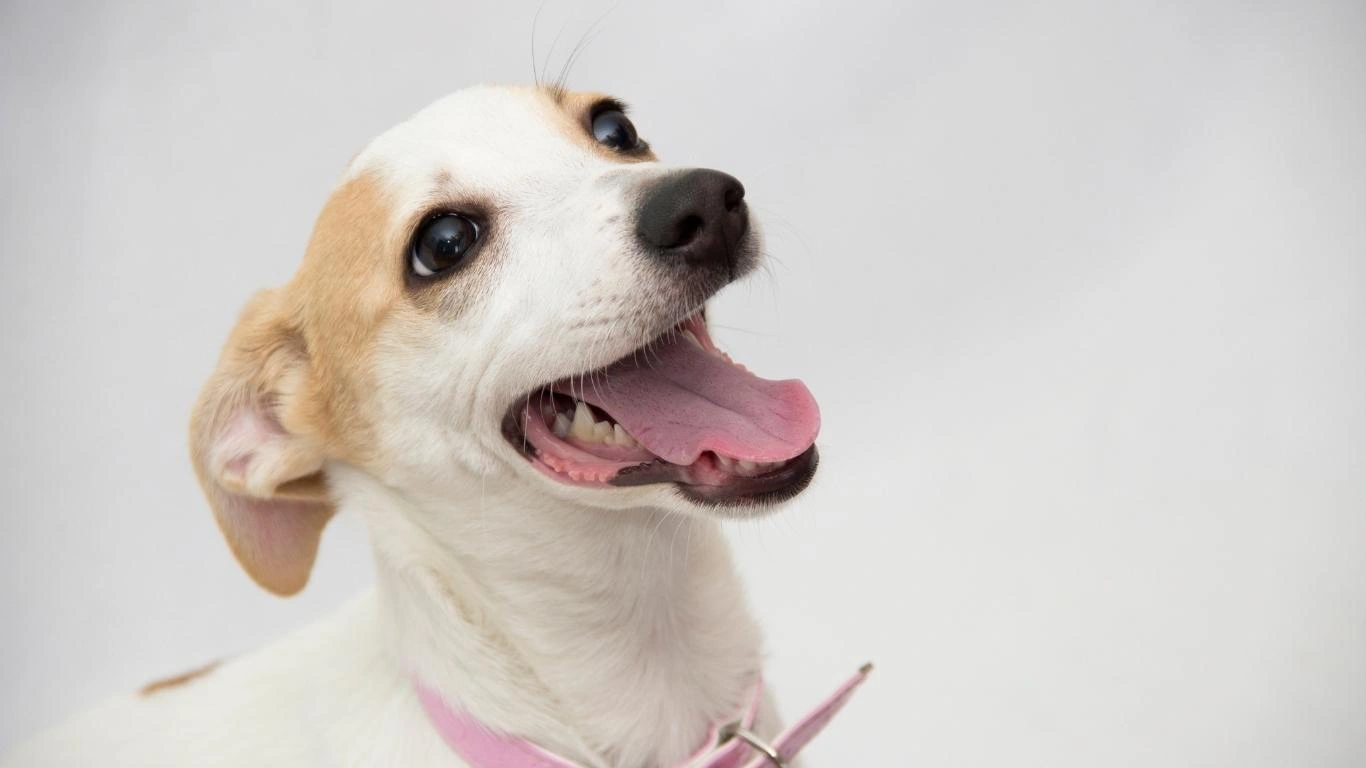
Feeding the best balanced raw diets for small dogs doesn’t end at mealtime. Just like with any lifestyle change, ongoing observation is key. I always tell pet parents—especially those feeding raw for the first time—to keep a little log. Track your dog’s weight, energy levels, poop quality (yep, stool tells you everything!), coat condition, and appetite. It doesn’t have to be fancy. A quick note on your phone or a little chart on the fridge does the job.
Over the years working in animal care, I’ve seen a huge difference in dogs that are regularly monitored versus those that aren’t. I had one client with a spunky Toy Poodle who looked fine on the outside but started losing muscle mass over time. We realized her raw meals were too low in protein for her activity level. A simple tweak—adding in more red meat and egg yolks—and she was back to bouncing around like a puppy.
When to Involve Your Vet
Raw feeding doesn’t mean you ditch your vet visits. In fact, having a supportive vet on board is one of the best things you can do. I’ve worked with both traditional and holistic vets, and while not all are gung-ho about raw, many are open to it when you show them you’re feeding a balanced, well-researched plan.
If you notice any of the following, it’s a good time to check in with your vet:
- Unexplained weight loss or gain
- Persistent loose stools or vomiting
- Lack of energy or signs of pain when chewing
- Skin conditions that don’t improve with diet adjustments
Bring along a sample of your meal plan and ingredient sources. Many vets appreciate when you’re proactive and transparent—it shows that you’re not just winging it based on a Facebook post or trendy TikTok video.
Budgeting Tips for Feeding Raw (Without Breaking the Bank)
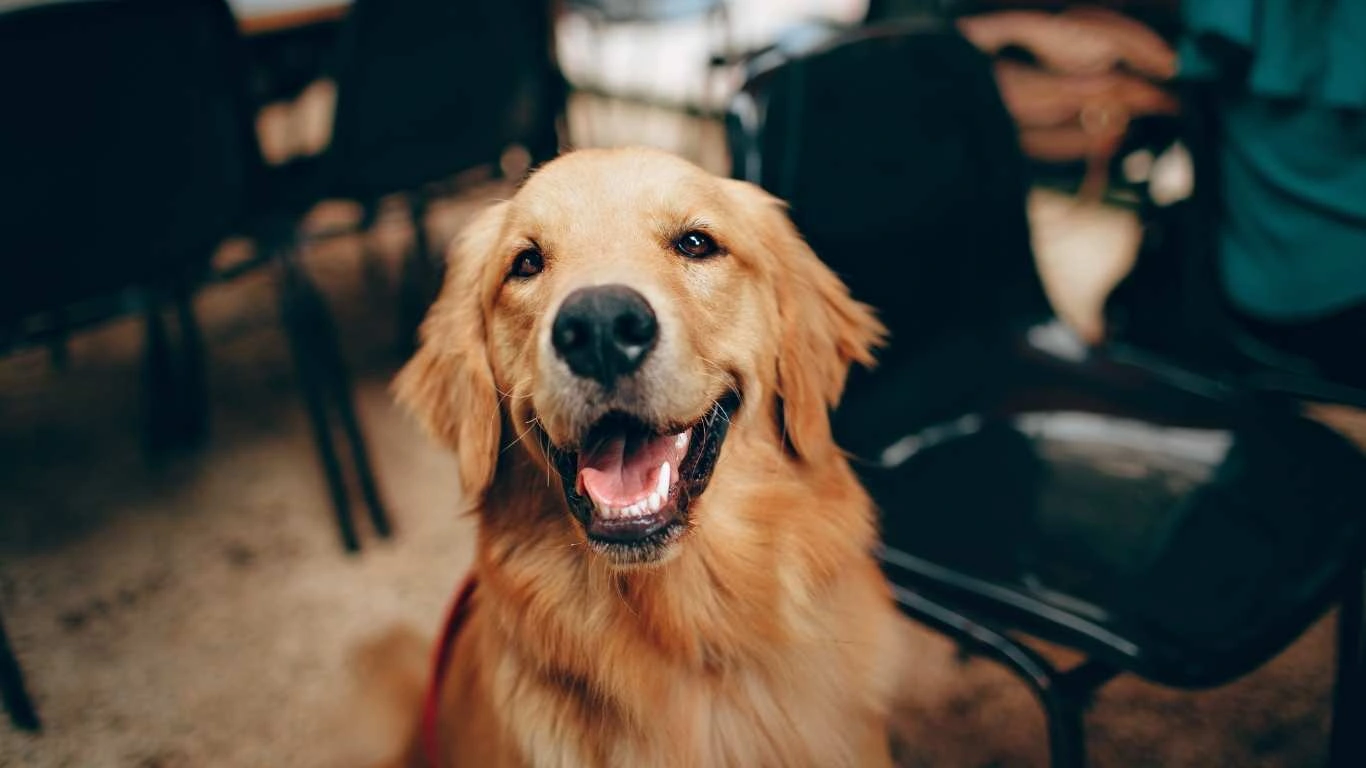
Let’s be real—feeding raw isn’t always cheap, especially when you’re buying pre-made meals or high-quality meats. But I promise, there are plenty of smart ways to keep your dog’s diet healthy and your wallet happy. I’ve had to get creative over the years feeding three small dogs on a tight budget, and these tricks worked wonders:
- Buy in bulk: Check with local farms, restaurant suppliers, or co-ops for discounts on meat and organ packs.
- Make use of freezer space: If you can invest in a small chest freezer, you can store meals ahead and take advantage of deals.
- DIY meals with balance in mind: Follow a proper recipe from a certified canine nutritionist or reputable source—not guesswork.
- Mix and match: Combine pre-made raw with homemade meals for a balance of convenience and cost-efficiency.
Also, don’t sleep on farmers markets! I once snagged a giant bag of chicken hearts for under $5 just by asking nicely at closing time. Some vendors are happy to offload “scrap” cuts that are actually gold for raw feeders.
Supplements Worth Considering for Small Breed Dogs
Even the most well-planned raw diets sometimes need a little boost, especially for smaller dogs with specific needs. While I always recommend food first, supplements can help cover any gaps and support overall wellness.
Here are a few that I’ve used over the years with good results:
- Fish oil or krill oil: Great for skin, coat, and joint health.
- Vitamin E: Helps balance out Omega-3 supplementation and supports the immune system.
- Probiotics: Especially helpful during diet transitions or after antibiotics.
- Green-lipped mussel or collagen powder: Perfect for joint support in aging small dogs.
One of my rescues—a senior Shih Tzu with some creaky joints—really perked up after we added green-lipped mussel powder to her meals. I swear she aged backward by a couple of years.
Is Raw Feeding Right for Every Small Dog?
Now, as much as I love raw diets and have seen incredible transformations in dogs I’ve worked with, I’ll be the first to say: it’s not for everyone. Some dogs just don’t thrive on raw. Some owners don’t have the time, resources, or interest in maintaining it long-term. And that’s totally okay.
What matters most is that your dog is healthy, happy, and thriving. If raw feeding is a good fit for you and your pup, awesome. If not, there are great cooked and high-quality kibble options out there too. You don’t have to go all or nothing either—some pet parents do hybrid feeding and still see great results.
At the end of the day, it’s about making informed, thoughtful decisions. Not every dog needs a gourmet raw bowl with microgreens and duck necks. Sometimes, they just need a well-balanced, lovingly prepared meal—whatever form that takes.
Helpful Resources for Further Reading
- PetMD – Great resource for health-focused dog nutrition info.
- American Kennel Club (AKC) – Includes breed-specific diet tips.
- National Institutes of Health (NIH) – Scientific research on food safety and supplementation.
- Health.com – Occasionally features pet wellness and supplement info.
If you’re looking to go deeper, I also recommend checking out books or courses from certified canine nutritionists. There’s a lot of conflicting info online, but when in doubt, lean on pros with credentials and proven experience.
Disclaimer
This article is based on personal experience, professional knowledge from working in animal care settings, and ongoing research in pet nutrition. It is not a substitute for professional veterinary advice. Always consult with your veterinarian or a certified pet nutritionist before making major changes to your dog’s diet, especially if your dog has pre-existing conditions or special dietary needs.
